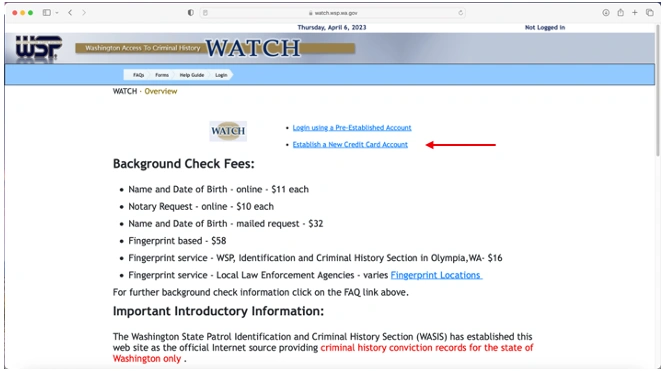
A Step-by-Step Guide for Getting Rid of Court Fees
Seven-step guide for getting rid of court fees for people who cannot pay the fees, fines, or costs the court orders you to pay due.

Seven-step guide for getting rid of court fees for people who cannot pay the fees, fines, or costs the court orders you to pay due.
What justice is there in forcing you into a debt you will never payoff? If you find yourself in a position where you cannot pay the fees, fines, or costs that a court ordered you to pay due to a criminal conviction, this seven-step guide might be just what you need.
Before you go through the following steps, it is helpful to know what a few keywords mean:
The FIRST step toward getting rid of court fees, also known as Legal Financial Obligations (LFOs), is identifying the fees you currently owe.
Start by writing down the case number for every case in Washington where you were convicted of a crime.
If you do not know your case numbers, the easiest way to get them is to go to the Washington State Patrol website and get a WATCH report. This report will have your case numbers on it.

Once you know your case numbers, talk to the clerk for the court that handled your case. You can find the contact information for each court here.

Ask the court clerk for a copy of the “Judgment & Sentence” (JS) document and an LFO Accounting Summary, also called a “financial case history report.”
Depending on the county, you may be able to complete this step over the phone or online. The safest option, however, is to go in person to talk to the clerk.
Ask the court clerk if a hearing is required for you to remove your court fees/LFOs. If a hearing is required, ask the clerk how to schedule a hearing. Specifically, ask how to schedule “a hearing for a Petition to Remit LFOs.”
Every county has its rules, so do not be afraid to ask questions about the entire process and take plenty of notes!
Here are a couple of questions you can ask:
If a hearing is required, see if you can schedule a hearing for several weeks away so that you have plenty of time to fill out paperwork, give copies to the prosecutor, and file your paperwork with the court.
Now that you know how much you owe, the SECOND step is to determine whether you are “indigent.”
If you can prove to the court that you are “indigent,” then you may be eligible for one or more of the following types of help with your LFOs:
If you can prove you are “indigent,” move to step three.
Now that you know you are “indigent” and can get help with your LFOs, the THIRD step is to fill out the right forms.
Here are the forms you must fill out:
If, during step 1, the court clerk told you that a hearing was required, you will also need to fill out this form:
If you need help filling out these forms, Washington Law Help provides detailed instructions on how to do it.
Once you fill out the forms, make sure to make multiple copies of each form. You will want to save one copy for yourself.
Now that you have filled out the correct forms, the FOURTH step is to file the original filled-out forms (not copies) with the court clerk.
Depending on the county, you may be able to file electronically online or through the mail, but the sure-fire option is to file in person.
For example, King County offers electronic filing.
If you file the forms in person, ensure the clerk stamps your copy with the “Filed” stamp.
There is no fee for filing your petition!
Now that you have filed the right documents with the court, the FIFTH step is to send copies of these filled-out forms to the prosecutor’s office. This process is called “service.”
You can do this in person or by mail. If you choose to deliver the copies in person, the person delivering the copies must be aged 18 or older.
You can find the contact information for the prosecutor’s office on the county website.
Now that you have given copies to the prosecutor’s office, the SIXTH step is to keep an eye on your mail for a response from the prosecutor.
If the court does not require a hearing, the judge will review your documents and decide no sooner than three business days from the day you filed your forms with the court clerk.
If the court does require a hearing, you must attend the hearing.
If the hearing is in person:
If the judge agrees with you, the judge will decide which type of help to give you with your LFOs and sign the proposed order you filed with the court clerk.
Easy Expunctions is passionate about helping you clear your record and setting yourself up for future success in employment, housing, and education. Easy Expunctions offers accessible, fully online expunction services at an affordable cost. Reclaim your fair chance by visiting EasyExpunctions.com or calling (866) 775-9983 and speak to a friendly expert about your eligibility today.